The 38th Navratri Anushthan, at Sandipani Vidyaniketan, in the presence of Pujya Bhaishri, began on 29th September 2019.
Navratri this year is particularly unique because Pujya Bhaishri is narrating a Katha in the afternoon sessions on Bhagavat Dharma and Bapu. This is in celebration of the 150th birthday of Shri Mahatma Gandhiji (Pujya Bapu).
On the first day, in the afternoon, Shri Dinkar Joshi, a famous Gujarati author, spoke on ‘Gandhiji and us’ which was very reflective.

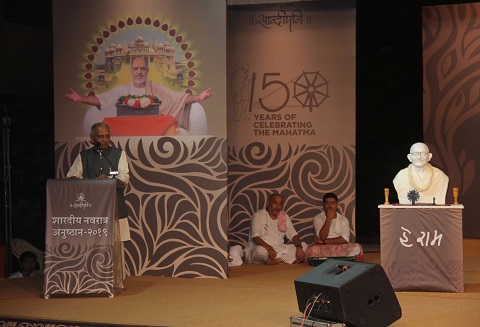
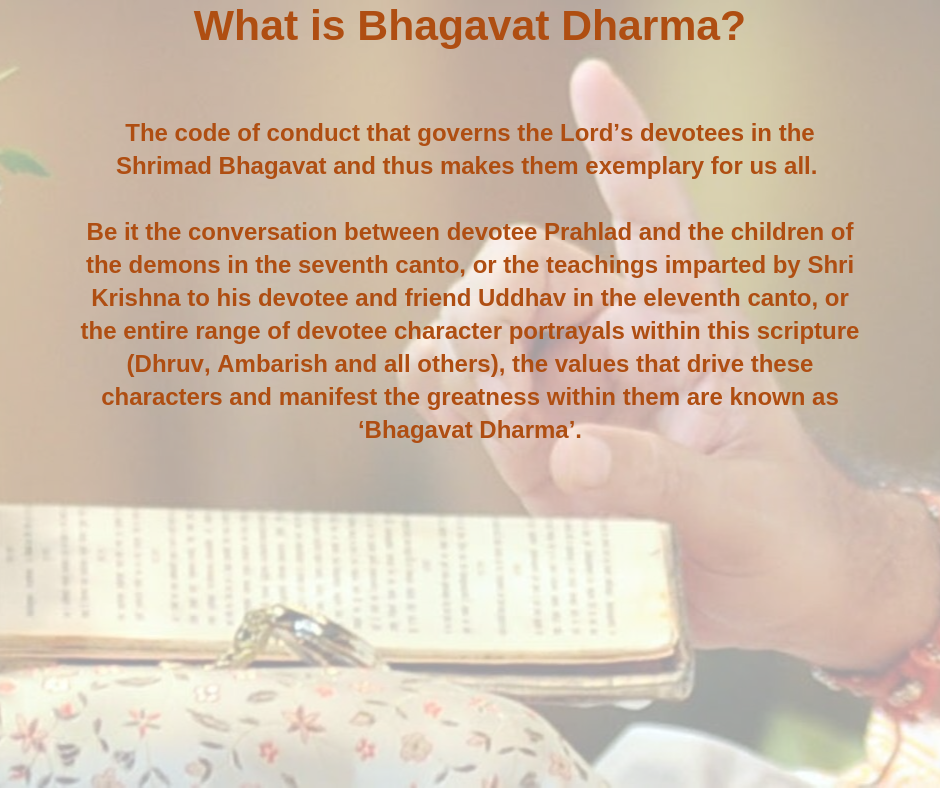
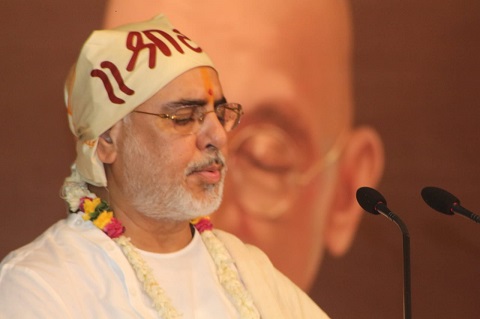
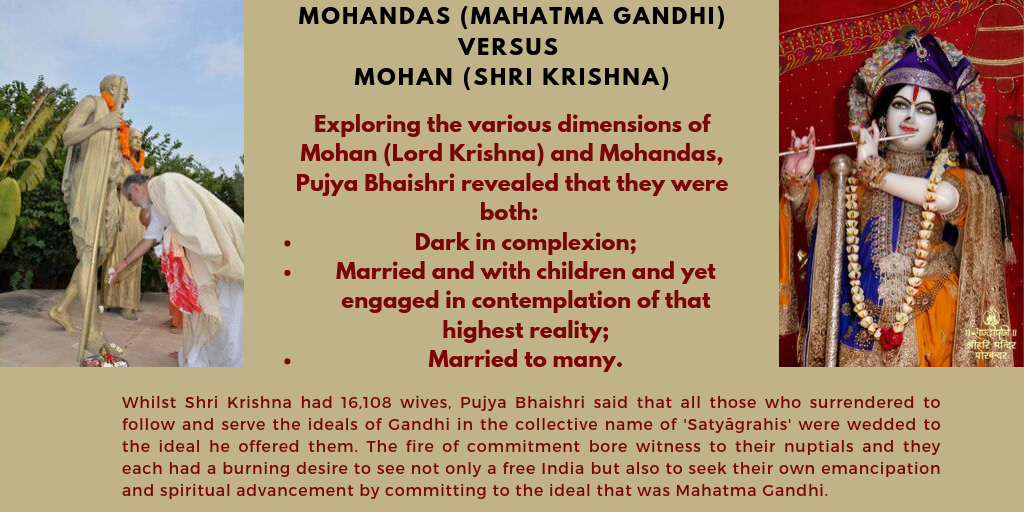
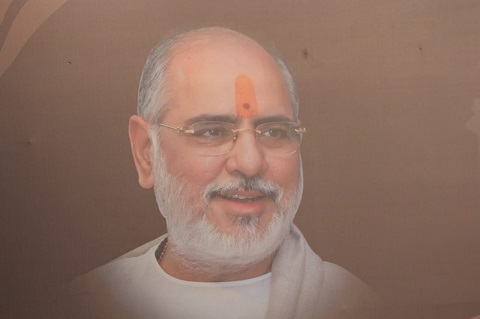
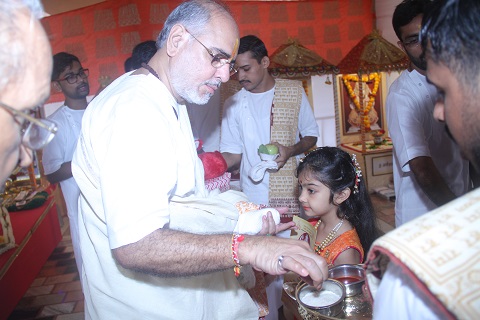

1 Comment. Leave new
[…] out the two steps leading up to the twin full-size portraits of the Mahātma and Kasturba at Kirti Mandir, Rishi Shri Prafullbhai Dave shares that these two steps signify the […]